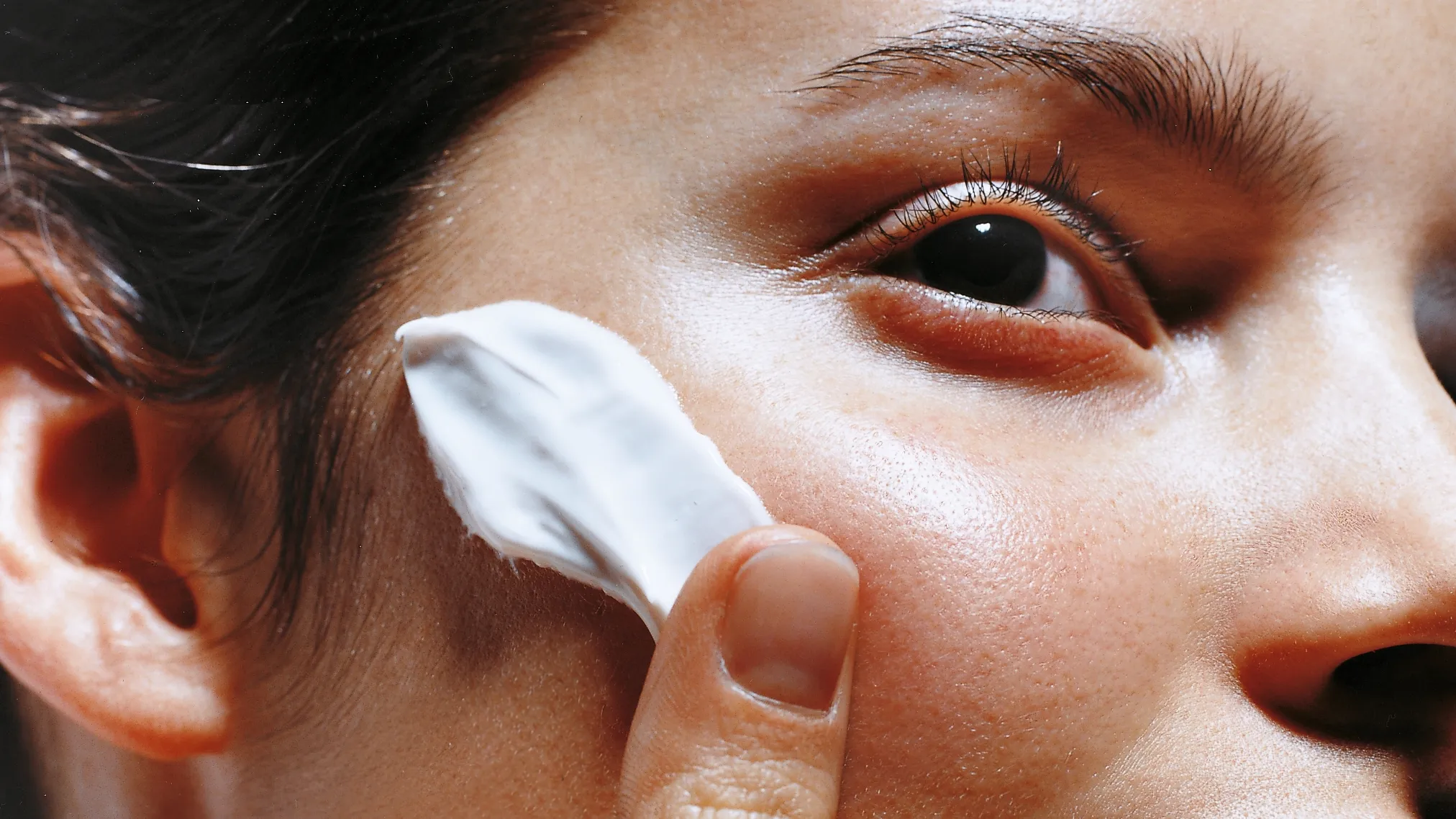Building a healthy skincare routine doesn’t have to be overwhelming or expensive. With countless products flooding the market and conflicting advice from various sources, many people feel confused about where to start. The truth is, achieving radiant skin is not simply a matter of DNA—your daily habits significantly impact what you see in the mirror.
A well-structured skincare routine is essential for maintaining healthy, glowing skin, but understanding the proper order and selecting the right products for your skin type is key to achieving the best results. Consistency is one of the keys to healthy skin, as it takes approximately four weeks for your skin to show how products actually affect it. This comprehensive guide will walk you through the essential steps to create an effective skincare routine that works for your unique needs.
Understanding the Foundation: The Three Essential Steps
Every effective skincare routine is built on three fundamental pillars: cleansing, moisturizing, and sun protection. Dermatologists generally recommend a “less is more” approach to skincare, focusing on these core elements before adding specialized treatments.
The primary objective of any skincare routine is to enhance your complexion’s performance while addressing specific concerns. As your skin evolves with age, so should your choice of products, but perfection is not the goal. Instead, embrace these steps as a daily practice that supports your skin and anchors your day.
Morning Skincare Routine: Protecting and Preparing
Step 1: Gentle Cleansing
Start your day by washing your face with lukewarm water and applying a mild cleanser. Cleansing removes dirt and bacteria that settle on your face while sleeping. Use your fingertips to gently massage the cleanser in circular motions for at least one to two minutes. The key is to retain moisture without stripping away natural oils, even for oilier skin types.
Step 2: Toning (Optional)
After cleansing, while your face is still damp, apply a toner to balance your skin’s pH levels and remove any leftover impurities. Toners restore nutrients to the skin that cleansers might remove and help reduce the risk of bacterial growth.
Step 3: Vitamin C Serum
Vitamin C serum is best applied during your morning routine. This powerful antioxidant helps collagen production, fades hyperpigmentation, and reduces oxidative stress caused by sun damage. Apply it after cleansing and toning, but before moisturizing.
Step 4: Moisturizing
Choose a non-comedogenic moisturizer that matches your skin type to hydrate your skin without clogging pores. Apply moisturizer by massaging it into your face and neck in an upward motion, moving away from the center of your face.
Step 5: Sunscreen – The Non-Negotiable Step
Sunscreen is the most important final step in any daytime skincare routine. Use a broad-spectrum sunscreen with SPF 30 or higher to help reduce the risk of hyperpigmentation and skin cancer, and slow the appearance of aging. Choose mineral-based sunscreens with titanium and zinc, which are less irritating than chemical-based products.
Evening Skincare Routine: Repair and Restore

Double Cleansing
Evening routines should begin with a thorough cleansing to remove makeup, sunscreen, and daily pollutants. Double cleansing involves using an oil-based cleanser first to dissolve oil-based substances, followed by a water-based cleanser to remove water-soluble debris.
Treatment Products
Use retinol at night to prevent acne and help slow the aging process. However, retinol may cause irritation for some skin types, so conduct a patch test before regular use. For gentler options, consider gentle exfoliating toners used two to three times per week.
Serums and Targeted Treatments
Apply serums that address your specific skin concerns, such as hydration, brightening, or anti-aging. Apply water-based products before oil-based ones and wait about 30 seconds between each application. Finish with a heavier moisturizer or face oil to seal in moisture and nourish the skin deeply overnight.
Customizing Your Routine by Skin Type
Oily Skin: Focus on gentle, non-stripping cleansers and lightweight, oil-free moisturizers. Incorporate salicylic acid treatments for acne control.
Dry Skin: Use cream-based cleansers and richer moisturizers. Consider adding hyaluronic acid serums for extra hydration.
Sensitive Skin: Stick to fragrance-free, gentle products and introduce new items slowly with patch testing.
Key Tips for Success
-
Start slowly: Introduce new products one at a time to identify what works for your skin.
-
Be patient: Use products consistently for at least six weeks to see results.s
-
Avoid hot water: Use lukewarm water to prevent skin from drying out
-
Manage stress: High-stress levels can trigger acne breakouts and other skin conditions
-
Maintain a healthy diet: Eat plenty of fruits and vegetables, and drink adequate water for skin health
Building a healthy skincare routine is a journey of understanding your skin’s unique needs and responding with consistent, gentle care. Remember that great skin is achieved through daily habits, not expensive products or complicated routines.

